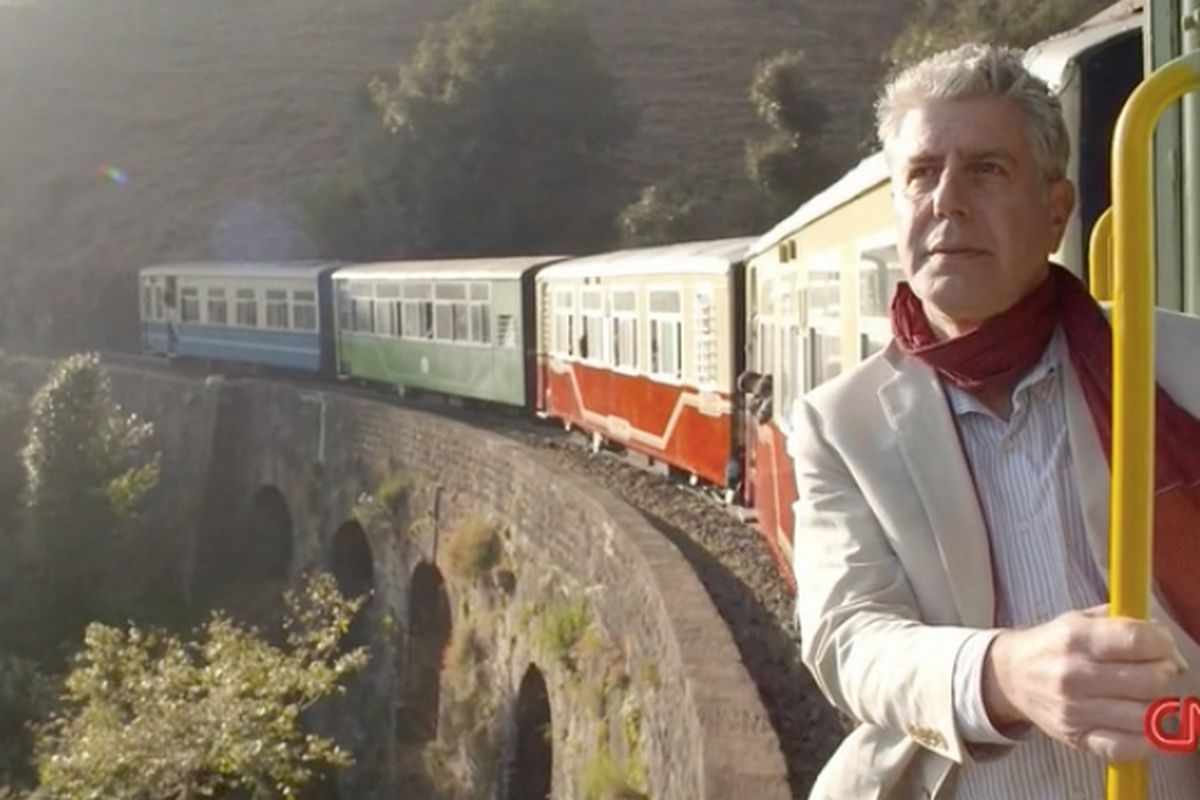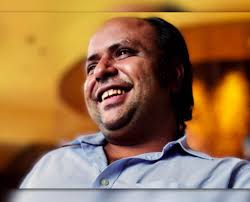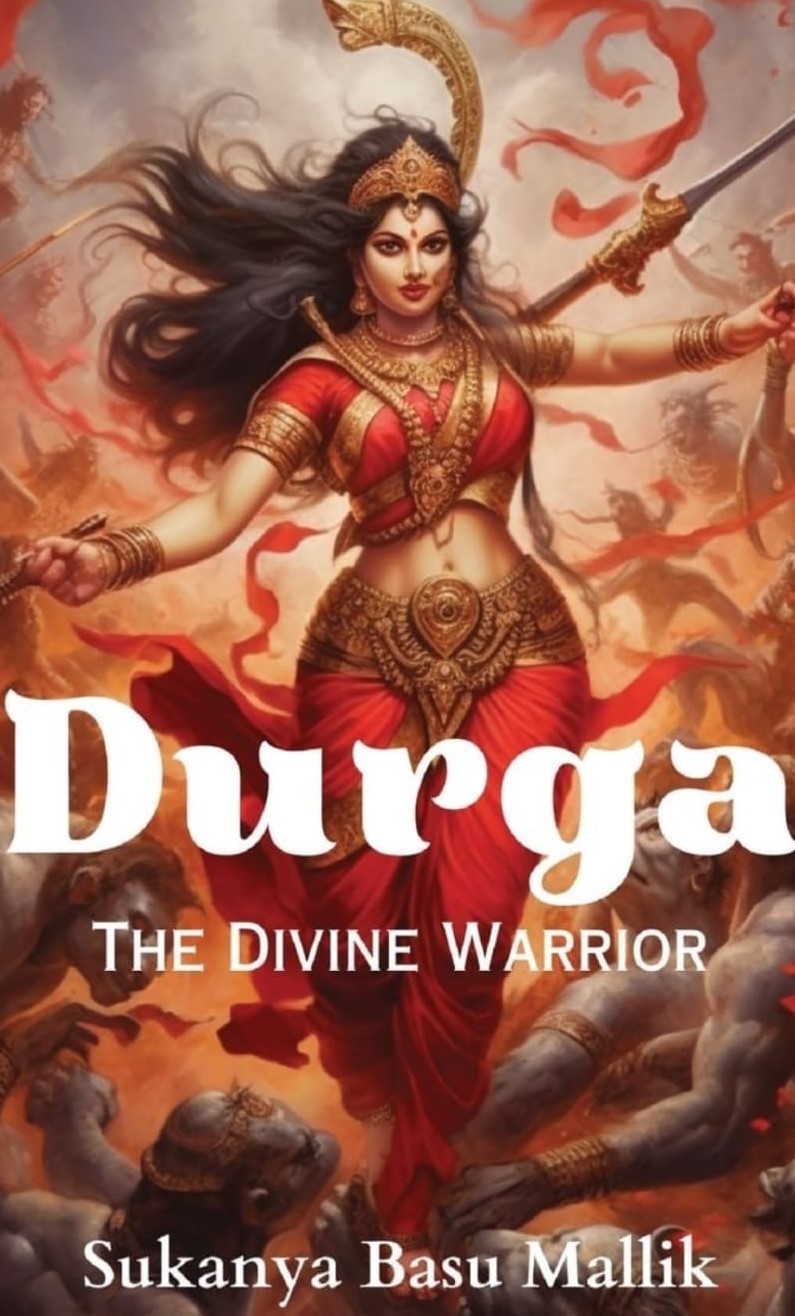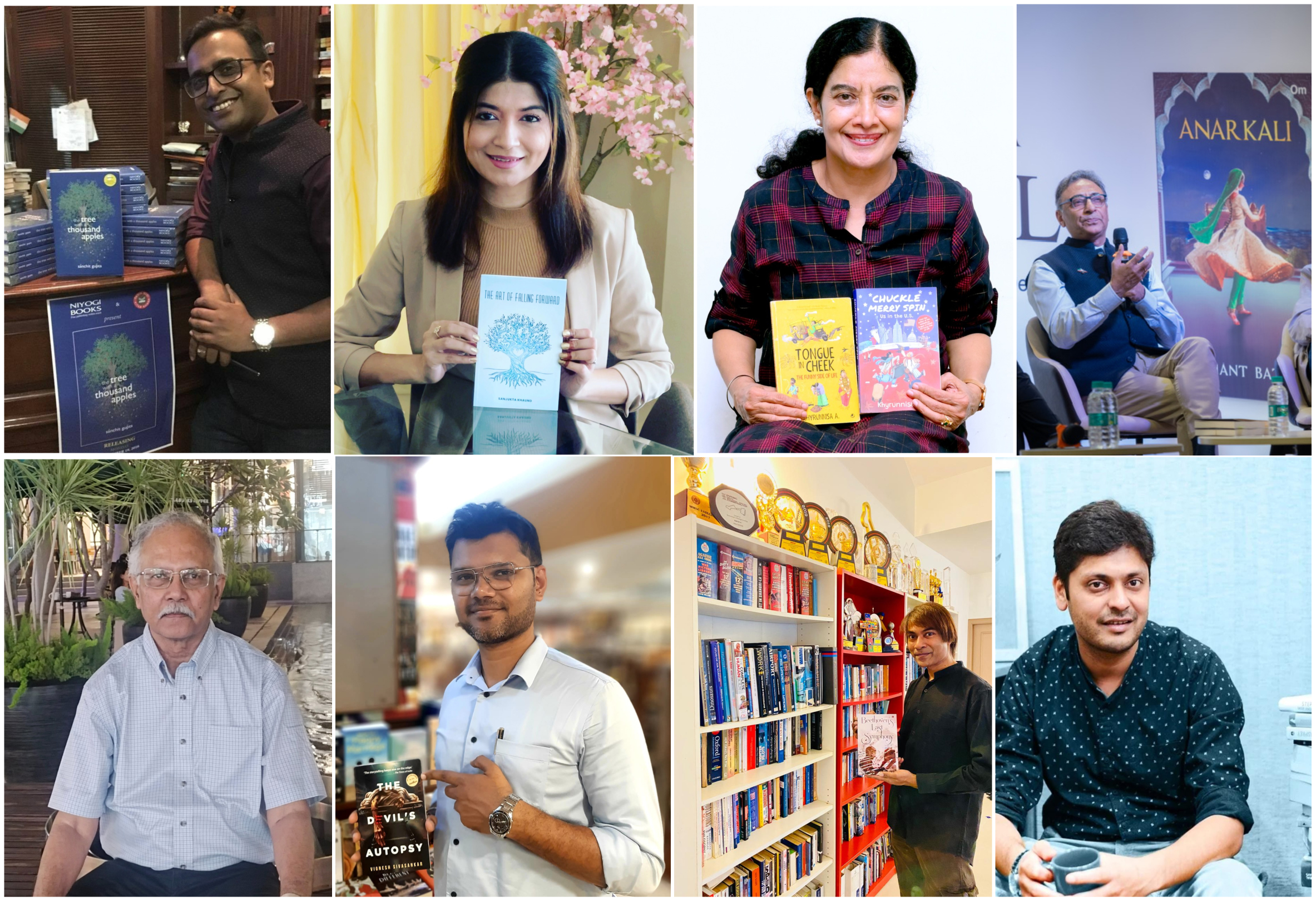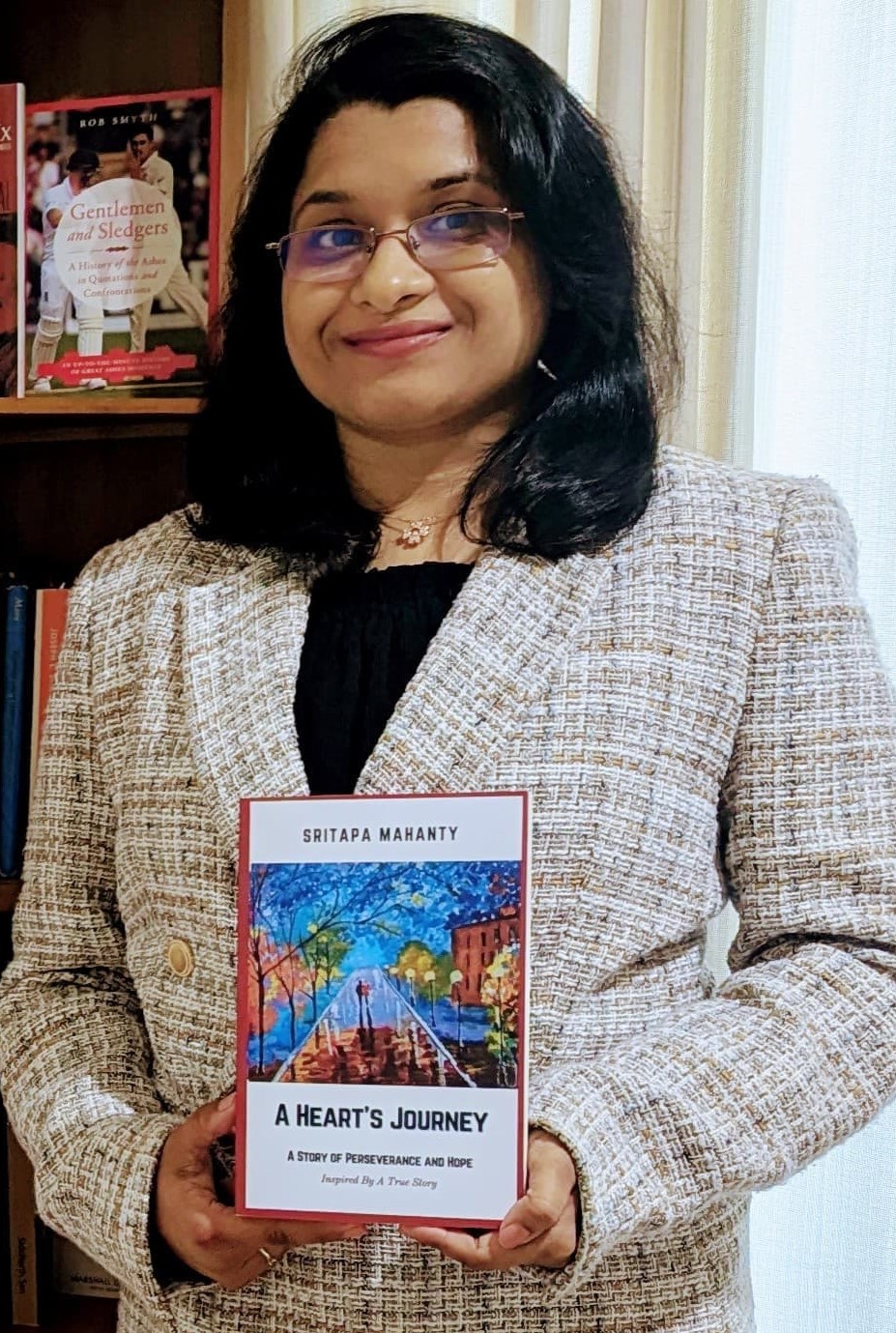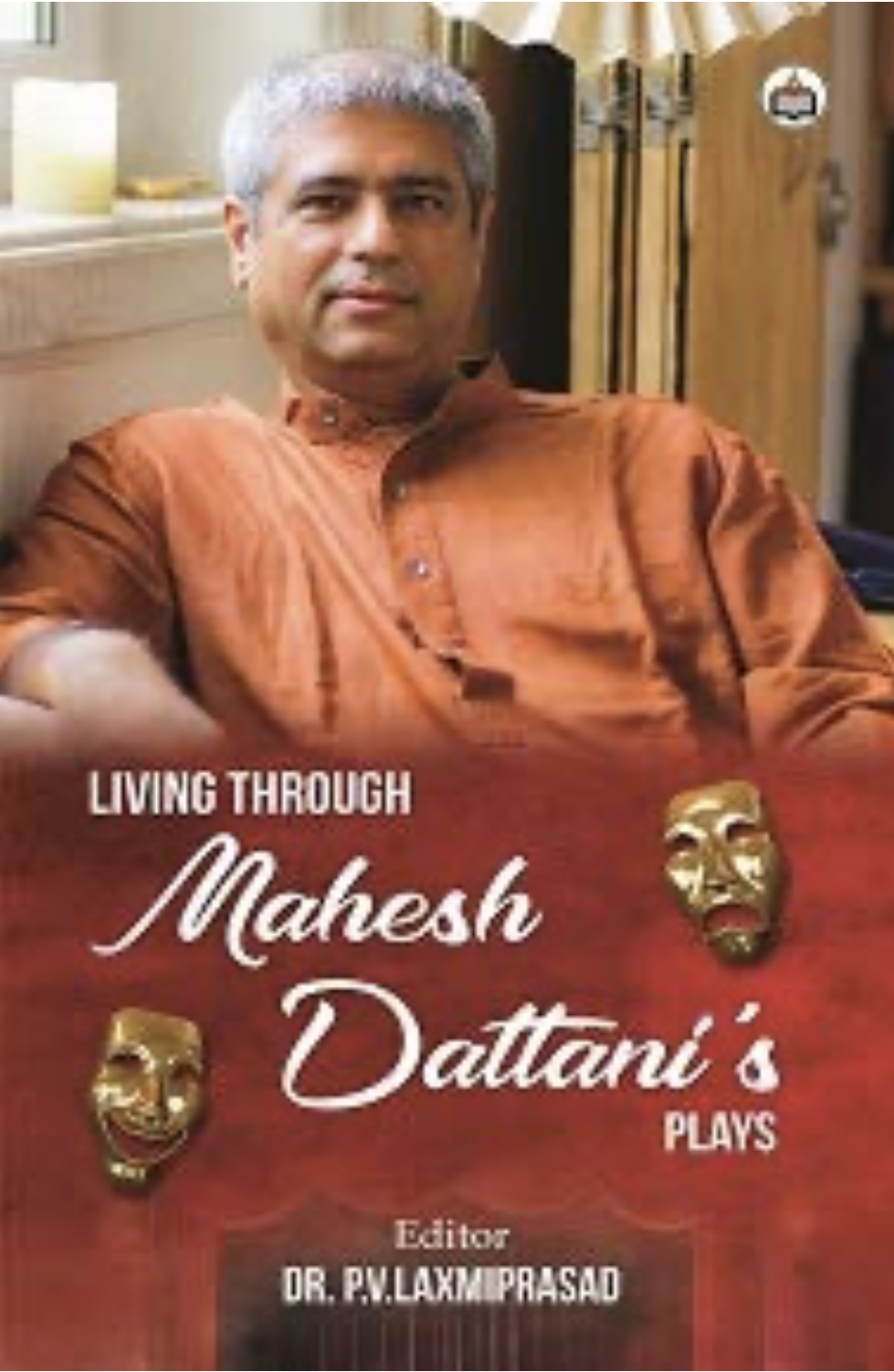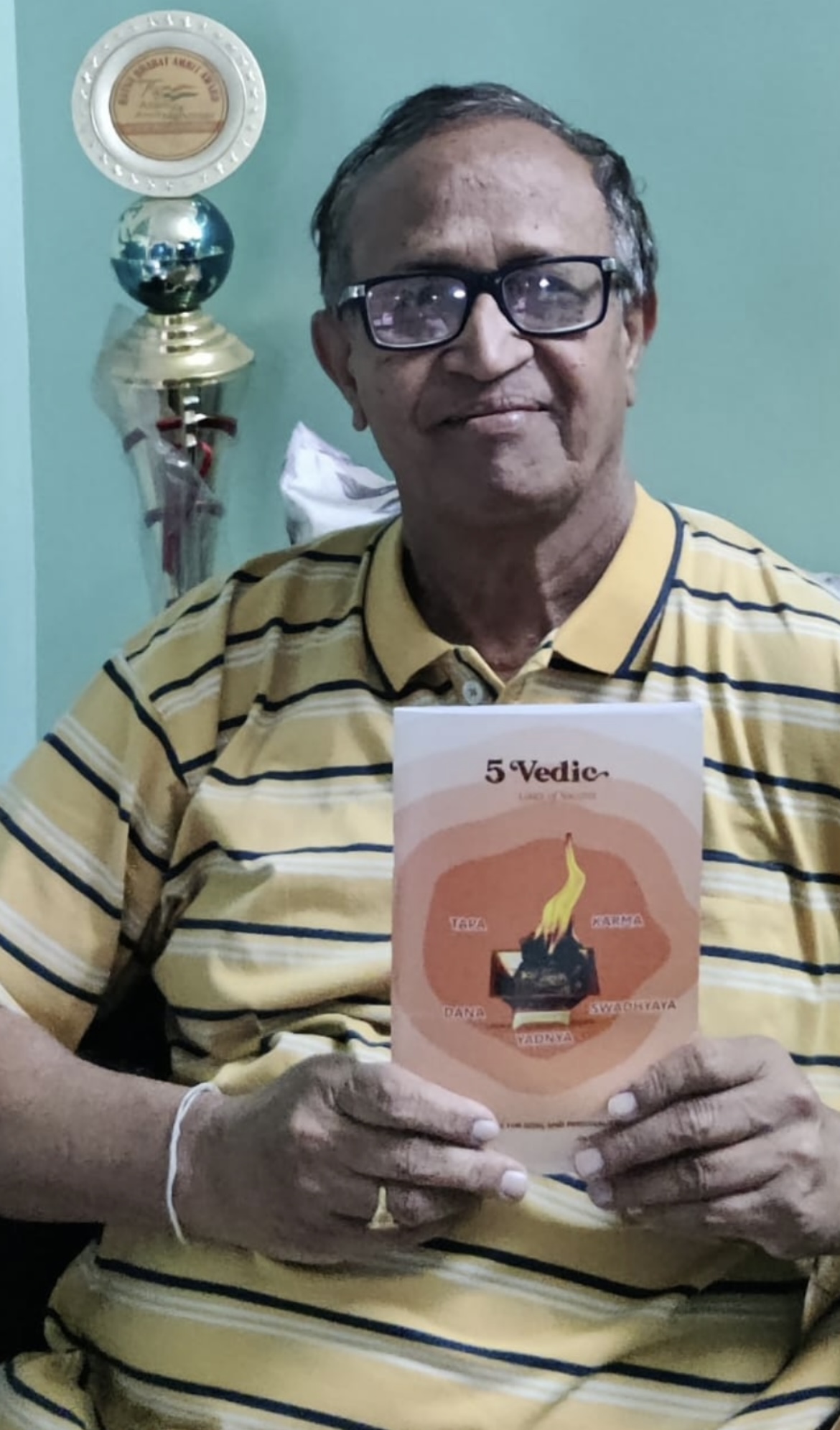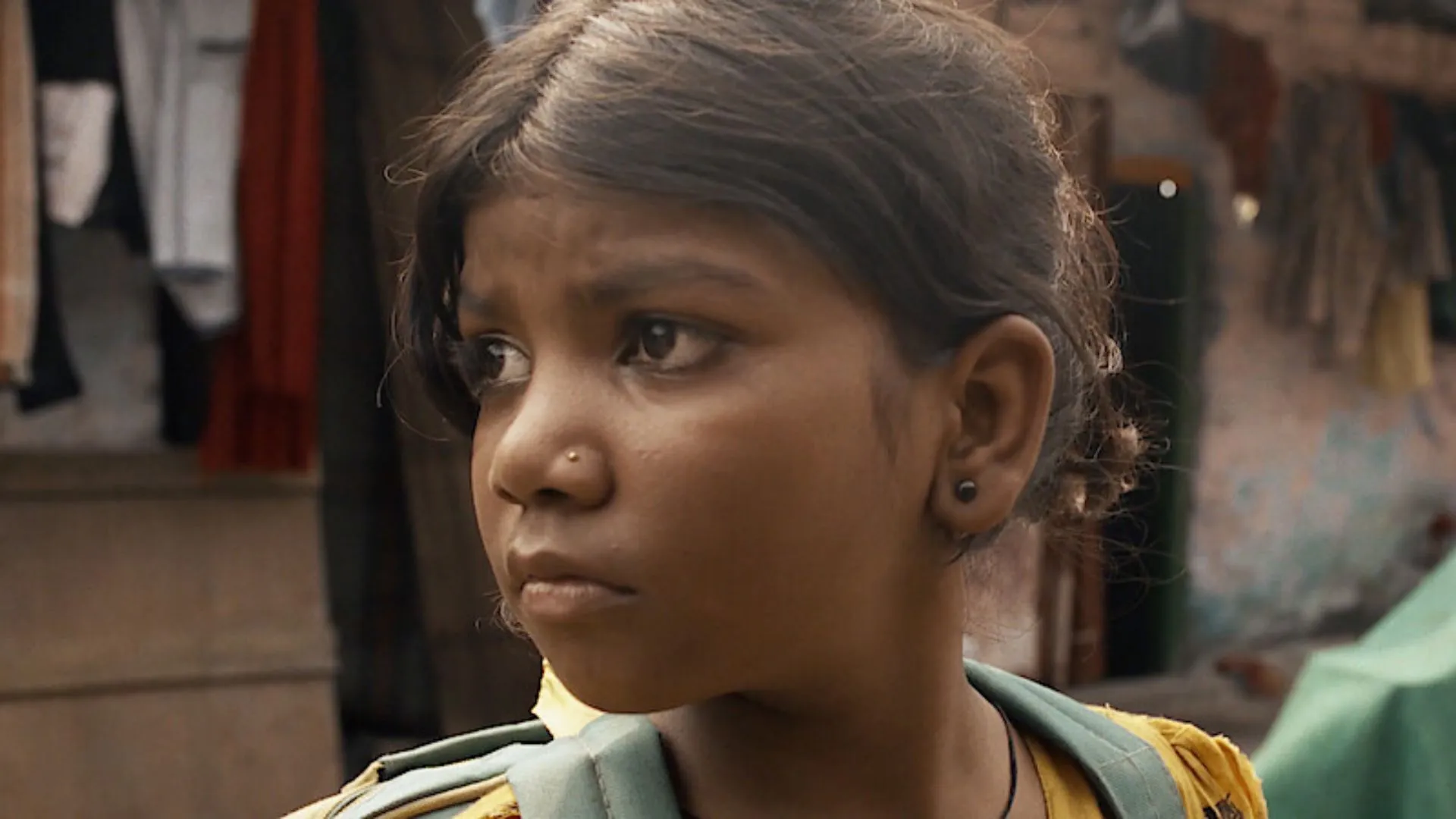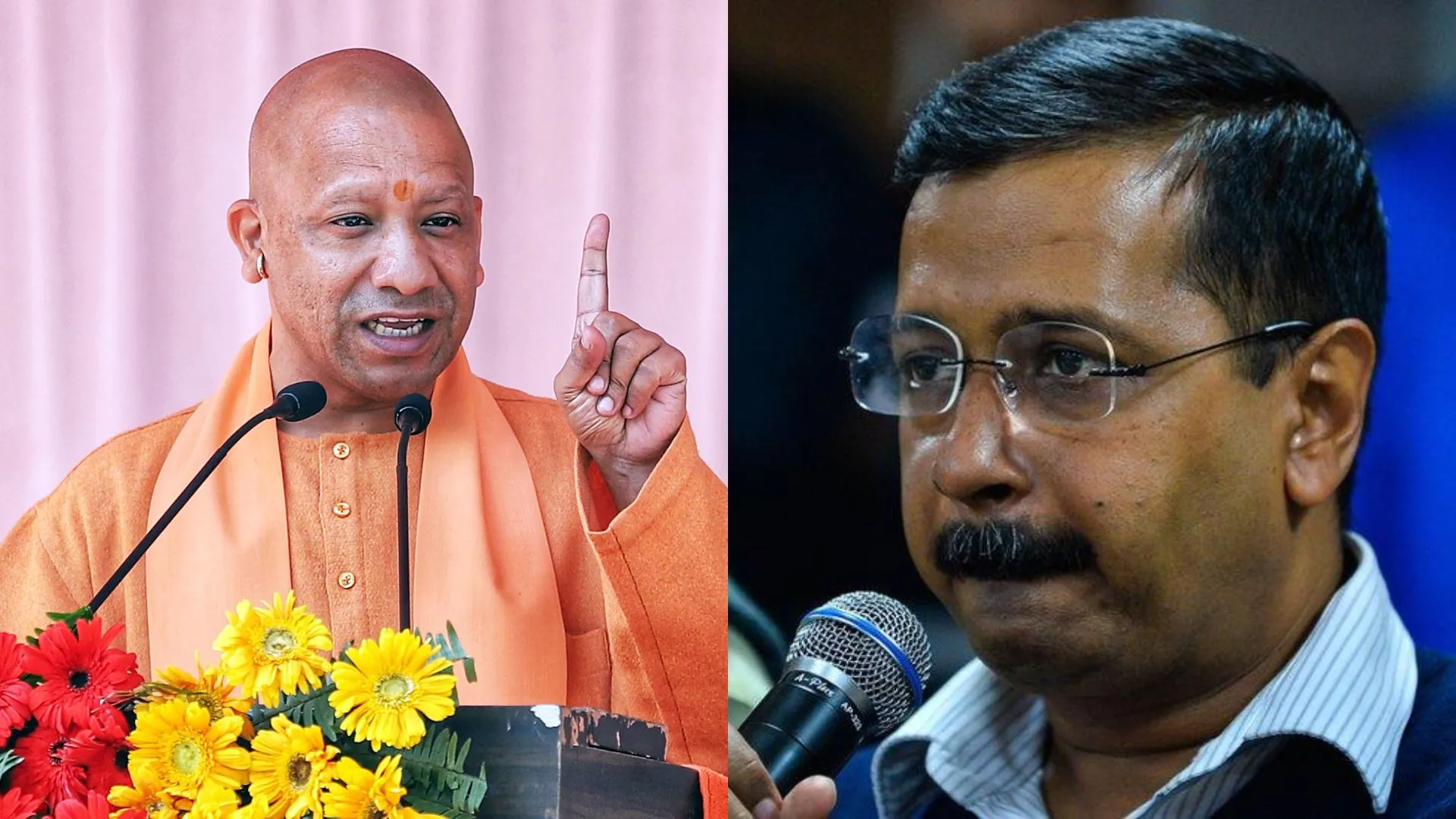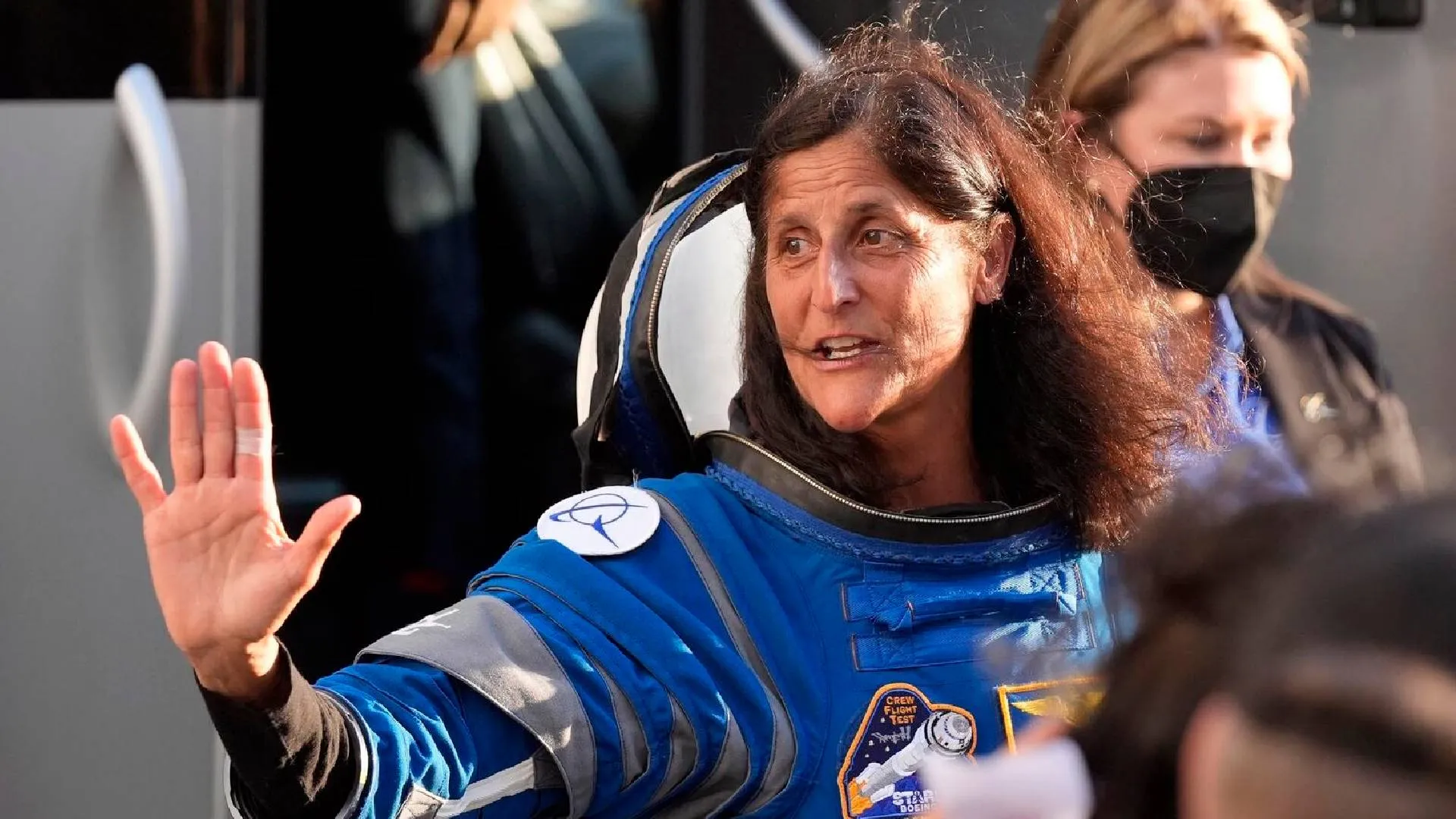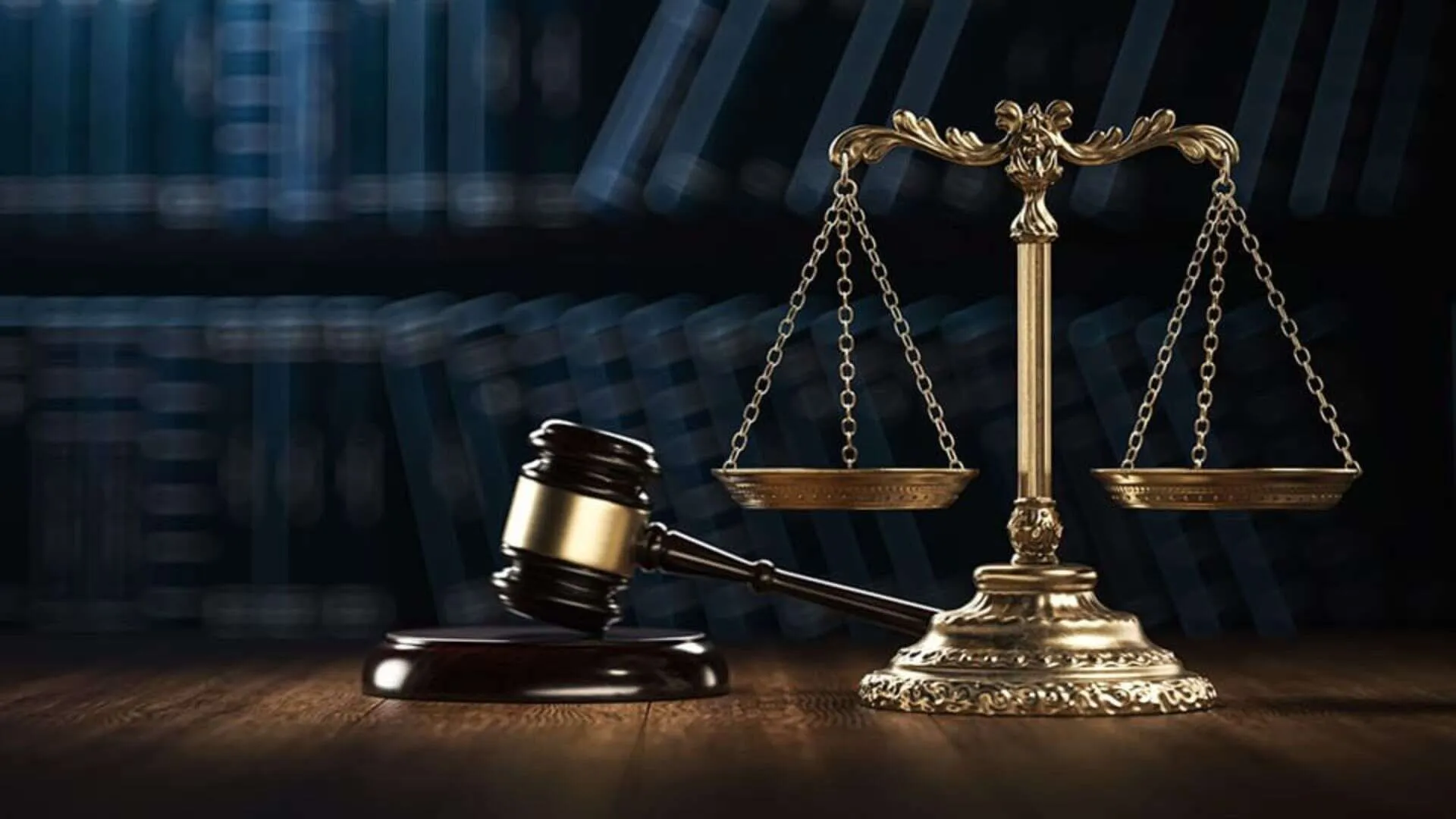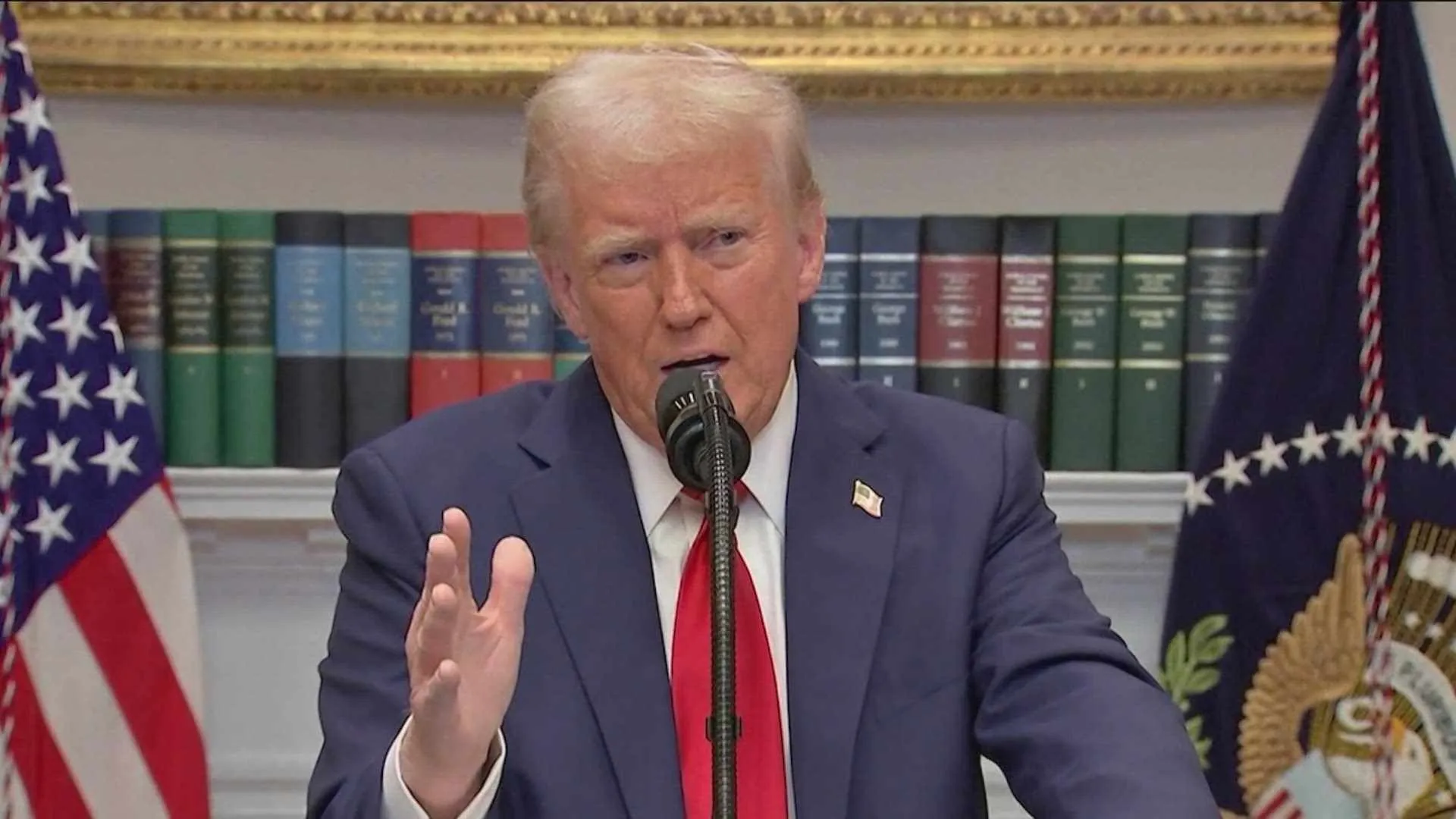Anthony Bourdain is best known for his travel show, Parts Unknown and for his book, Kitchen Confidential. The immensely popular show ran on CNN from 2013 to 2018, till June 8, 2018, when Bourdain died by suicide while on location, filming an episode of Parts Unknown. His book came out in the year 2000 and was subtitled Adventures in the Culinary Underbelly. Bourdain revealed trade secrets and hidden truths about the restaurant business after having been a restaurant cook for the first twenty years of his life. Bourdain was known to have abused drugs and alcohol in his younger days, even as he lived the gruelling life of a restaurant chef. In writing and publishing his rather controversial b o o k, Bourdain opened doors to a new career in television that further vaulted him into becoming a muchloved travel documentarian, filming in places unfamiliar to even many who lived in the same country. One such place was his trip to Punjab, more specifically, to Amritsar and the border, and on to Shimla for a quick visit to the iconic Chapslee Hotel. This trip was one of several he made to India over the years, visiting Kerala, Rajasthan, Kolkata, Mumbai, and more along the way. But Punjab was the only place he filmed a Parts Unknown episode. So excited was he to come to Amritsar and savor the street food that he had heard so much about that he made this trip in the very first season of his show, in 2013. While many food bloggers have written about and filmed trips to Amritsar, there aren’t many who have also gone to the border and looked at how farmers manage to till their land so close to the fences. No one has harked back to the days of partition, to understand the history of the place, to put themselves into the shoes of the people who left their homes, to walk the path that they did when they crossed the border. The local producer for Bourdain’s show, Uday Sripathi, was filming a documentary on the Pakistan-India border in a separate project and was able to guide Bourdain to Wagah and beyond. Bourdain’s show juxtaposed a wrestling match in an akhara against the goose stepping soldiers on both sides of the border – an interesting parallel as the viewer watches dusty bodies grappling with each other with intermittent cuts to smartly dressed soldiers, Indians in khaki, and Pakistanis in black, doing their little back and forth dance, showing to the world that this is a doorway that is closed to people on the two sides, that when partition happened, it was a dismembering, not a separation of conjoined twins as Bourdain tried to describe the two countries. The two countries will forever be wrestling each other, armed with nuclear arsenals and massive armies to fight people who look alike, who dress the same, talk the same and in many cases are blood relatives. In addition to his very astute observations about the border, Bourdain also hit all the high points with regard to food in Amritsar. He ate at Kesar Da Dhaba quipping that the vegetarian food even for him was not a burden – Bourdain was known for his dislike of vegetarian food, calling vegetarian restaurants he had been to in the past ‘joyless.’ He savored the Amritsar mainstay of kulcha cholas and then succumbed to tandoori chicken and keema naan, all in Amritsar’s well known dhabas, eating with his fingers, scooping up saag with morsels of makki ki roti, licking his fingers like a man well accustomed to eating with his hands. Next, Bourdain went to the Golden Temple to savor the langar, to learn about Sikhism, and to marvel at the sheer magnitude of food served, dishes washed, and volunteers coordinated . In his wanderings around Amritsar, Bourdain saw the crowds, ate with the common man, dug deep into the lives of the wrestlers in the akhara, but then made a deep pivot to head to Shimla, to the Chapslee Hotel. The owner, Late Kunwar Ratanjit Singh, hosted him along with a historian and a lawyer. Bourdain was quick to express his disdain for colonialism but also embraced the somewhat dated and a little tired luxury that surrounded him. The two Indias that many have got into trouble for citing were never more apparent than in this edition of Parts Unknown. In Bourdain’s visit to the border, he drove out well beyond Wagah, to the holdings of farmers whose land was split by fences on the India side. Some of their land fell on the other side of the India fence, in No Man’s Land but technically the farmers’ land. Bourdain’s producer, Uday Sripathi, explained to him that the fence was only on the India side. We need to stop insurgents entering but no one wants to go to Pakistan, he said. The farmers tilling their land on the two sides get eight hours to get their work done. They go through the checkpoint, morning and evening, never missing a day, tilling their land almost as they’ve done for generations. Anthony Bourdain came to Punjab and saw it, really saw it. He didn’t travel the length and breadth of the state but the parts he visited, he delved into, tried to comprehend the nuances of culture, of borders, of boundaries; noticed the types of turbans and learned about the debilitating heroin problem in villages close to the border. But most important, he ate the food–with gusto, telling his friend Anderson Cooper in a television interview later that Indian street food will not kill you, a restaurant buffet just might.
Priya Hajela is the author of Ladies’ Tailor published by Harper Collins India. Anthony Bourdain’s Parts Unknown shows are readily available on YouTube and at www.explorepartsunknown.com.

